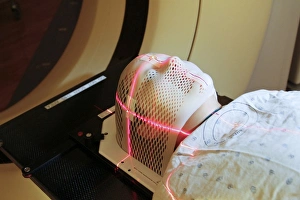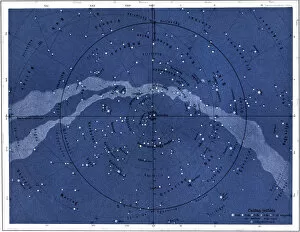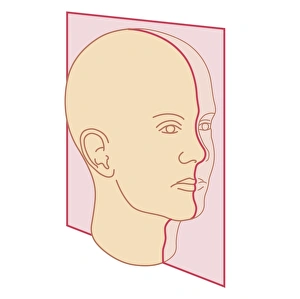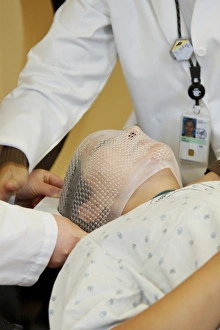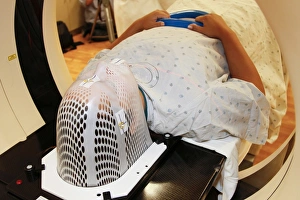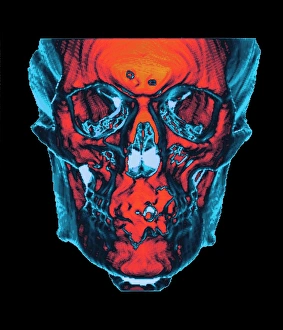Tomography Collection
Tomography, a groundbreaking medical imaging technique, has revolutionized the field of diagnostics and treatment planning
All Professionally Made to Order for Quick Shipping
Tomography, a groundbreaking medical imaging technique, has revolutionized the field of diagnostics and treatment planning. In this process, lasers are skillfully employed to position patients wearing short face masks within computed tomography (CT) scanners. The precision achieved through laser-guided positioning ensures accurate cross-sectional images that aid in diagnosing various conditions. As we gaze at the northern sky, marveling at its vastness and beauty, it is fascinating to think about how tomography allows us to explore the inner workings of our bodies with similar intricacy. A biomedical illustration depicting a cross-section MRI scan plane showcases the remarkable detail captured by this advanced imaging technology. Radiation therapists play a crucial role in patient care during radiation therapy sessions. They expertly fit short face masks onto patients' faces, ensuring precise alignment for targeted treatments. This personalized approach maximizes effectiveness while minimizing potential side effects. Once positioned within the CT scanner's confines, patients embark on an incredible journey into their own bodies. With each passing moment inside the machine, detailed images of their skulls come into focus through CT scans. These scans provide invaluable insights into various conditions affecting cranial structures. One such condition is osteochondrosis of the neck bones—an ailment that can cause discomfort and restrict mobility for individuals affected by it. Tomography plays a vital role in accurately diagnosing this condition by capturing detailed images of cervical vertebrae and surrounding tissues. Through advancements like laser-guided positioning and high-resolution imaging techniques offered by tomography, healthcare professionals gain unprecedented access to visualize internal structures non-invasively. This enables them to make informed decisions regarding diagnosis and treatment plans tailored specifically for each patient's unique needs and has emerged as an indispensable tool in modern medicine—allowing us to peer deep within ourselves without invasive procedures or surgeries. Its ability to capture intricate details aids physicians in providing accurate diagnoses while guiding effective treatments for numerous ailments affecting different parts of our bodies.

